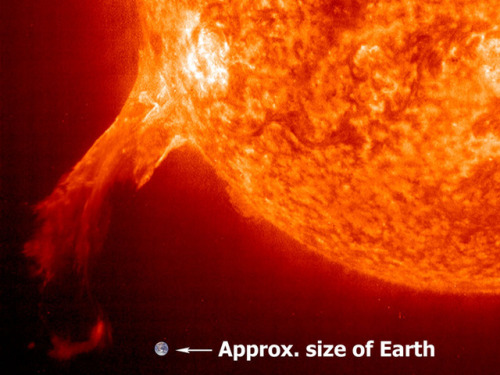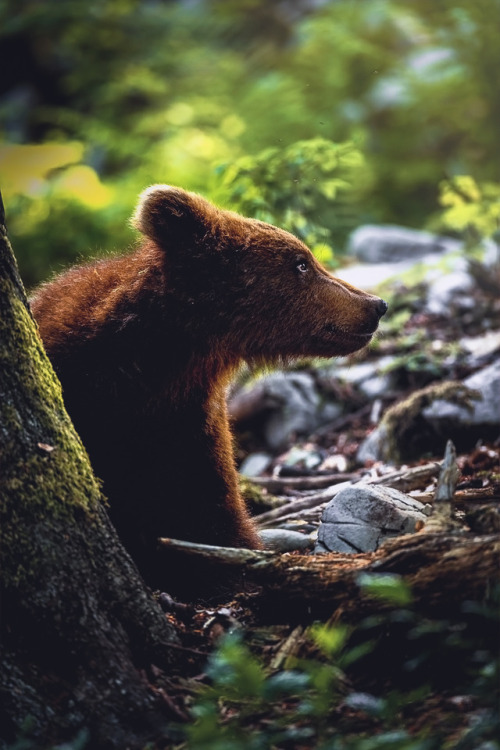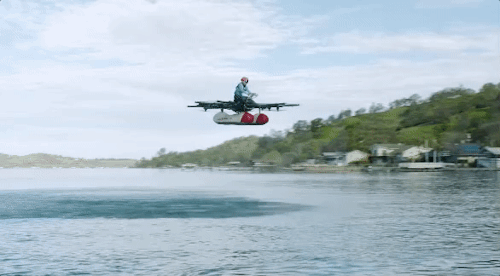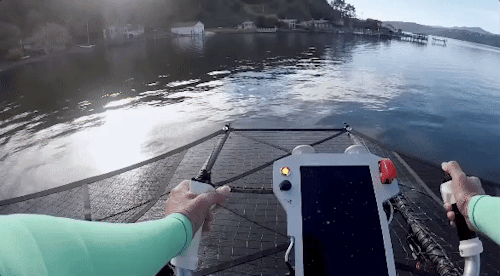"Develop a passion for learning. If you do, you will never cease to grow." Anthony J. D'Angelo. Visit our website at https://knowledgeiskey.co.uk
66 posts
Latest Posts by knowledgeiskeyuk - Page 2
A few curiosities of astronomy and astrophysics
Astronomy and Astrophysics: Facts
Here is a list of some curiosities of astronomy and astrophysics. From our solar system to interstellar space.

Rings of Saturn: With an estimated local thickness of as little as 10 m and as much as 1 km, they are composed of 99.9% pure water ice with a smattering of impurities that may include tholins or silicates. The main rings are primarily composed of particles ranging in size from 1 cm to 10 m.

Valhalla (crater): Valhalla is the largest multi-ring impact crater on Jupiter’s moon Callisto and in the Solar System. It is named after Valhalla, the God Odin’s hall in Norse mythology where warriors are taken after death.

Europa (lineae): Europa’s most striking surface features are a series of dark streaks crisscrossing the entire globe, called lineae (English: lines). Close examination shows that the edges of Europa’s crust on either side of the cracks have moved relative to each other. The larger bands are more than 20 km (12 mi) across, often with dark, diffuse outer edges, regular striations, and a central band of lighter material. The most likely hypothesis states that the lineae on Europa may have been produced by a series of eruptions of warm ice as the Europan crust spread open to expose warmer layers beneath. The effect would have been similar to that seen in Earth’s oceanic ridges.

Tartarus Dorsa: The western part of Pluto’s northern hemisphere consists of an extensive, highly distinctive set of 500-meter-high mountains informally named Tartarus Dorsa; the spacing and shape of the mountains looks similar to scales or tree bark.

Mountain in Ceres: Ahuna Mons is the largest mountain on the dwarf planet and asteroid Ceres. It protrudes above otherwise smooth terrain, it is not an impact feature, and it appears to be the only mountain of its kind on Ceres. Bright streaks run top to bottom on its slopes; these streaks are thought to be salt, similar to the better known Cererian bright spots, and likely resulted from cryovolcanic activity from Ceres’s interior. It is named after the traditional post-harvest festival Ahuna of the Sumi Naga people of India.

Pluto has a tenuous atmosphere consisting of nitrogen (N2), methane (CH4), and carbon monoxide (CO), which are in equilibrium with their ices on Pluto’s surface. According to the measurements by New Horizons, the surface pressure is about 1 Pa(10 μbar), roughly one million to 100,000 times less than Earth’s atmospheric pressure. It was initially thought that, as Pluto moves away from the Sun, its atmosphere should gradually freeze onto the surface; studies of New Horizons data and ground-based occultations show that Pluto’s atmospheric density increases, and that it likely remains gaseous throughout Pluto’s orbit.

Sagittarius A*: Sagittarius A* is a bright and very compact astronomical radio source at the center of the Milky Way, near the border of the constellations Sagittarius and Scorpius. It is part of a larger astronomical feature known as Sagittarius A. Sagittarius A* is thought to be the location of a supermassive black hole, like those that are now generally accepted to be at the centers of most spiral and elliptical galaxies.

Double Pulsar: PSR J0737−3039 is the only known double pulsar. It consists of two neutron stars emitting electromagnetic waves in the radio wavelength in a relativistic binary system. The two pulsars are known as PSR J0737−3039A and PSR J0737−3039B. It was discovered in 2003 at Australia’s Parkes Observatory by an international team led by the radio astronomer Marta Burgay during a high-latitude pulsar survey.

IC 1101: IC 1101 is a supergiant elliptical galaxy at the center of the Abell 2029 galaxy cluster, approximately 320 megaparsecs (1.04 billion light-years) from Earth. IC 1101 is among the largest known galaxies, but there is debate in the astronomical literature about how to define the size of such a galaxy.

A rogue planet (also termed an interstellar planet, nomad planet, free-floating planet, orphan planet, wandering planet, starless planet, sunless planet, or Planemo) is a planetary-mass object that orbits the galaxy center directly. Such objects have been ejected from the planetary system in which they formed or have never been gravitationally bound to any star or brown dwarf. The Milky Way alone may have billions of rogue planets.
souce: wikipedia
Image credit: NASA/JPL/SwRI, Ted Stryk, John Rowe Animations, commons.wikimedia
This month in space
Astronomical & Astrological Events in November 🌌
November 1st: Moon at Aphelion; Jupiter conjunct Haumea
November 2nd: Saturn square Chiron; Moon conjunct Eris
November 3rd: Jupiter quintile Pluto
November 4th: Full Moon in Taurus; Taurids Meteor Shower
November 5th: Mercury enters Sagittarius; Moon at Perigee; Taurids Meteor Shower
November 7th: Venus enters Scorpio
November 10th: Moon conjunct Ceres; Last Quarter Moon in Leo
November 11th: Saturn trine Uranus; Venus conjunct Haumea
November 13th: Venus conjunct Jupiter
November 14th: Close approach of the Moon and Mars; Moon conjunct Makemake
November 16th: Moon conjunct Haumea and Venus
November 17th: Leonids Meteor Shower
November 18th: New Moon in Scorpio; Mars conjunct Makemake; Leonids Meteor Shower
November 20th: Moon conjunct Mercury; Moon at Perihelion
November 21st: Sun enters Sagittarius; Moon at Apogee
November 22nd: Neptune Direct; Jupiter sesquiquadrate Chiron; Moon conjunct Pluto; Mercury at Greatest Brightness
November 24th: Mercury at Greatest Eastern Elongation
November 26th: First Quarter Moon in Aquarius
November 28th: Mercury at Dichotomy; Mercury conjunct Saturn
November 30th: Moon conjunct Eris
We had a visitor from outside the solar system, check out this video about the interstellar asteroid
An asteroid from another star system visited us!
NASA Hubble image of Barred SPiral Galaxy NGC 1300

Barred Spiral Galaxy NGC 1300
Credit: Hubble Heritage Team, ESA, NASA
Saturn as seen from the Cassini probe

A view of Saturn from the Cassini probe
via reddit

An Erupting Solar Prominence from SOHO
Credit: SOHO-EIT Consortium, ESA, NASA
Solar System: 10 Things to Know This Week
Every day, our spacecraft and people are exploring the solar system. Both the public and the private sectors are contributing to the quest. For example, here are ten things happening just this week:
1. We deliver.

The commercial space company Orbital ATK is targeting Saturday, Nov. 11 for the launch of its Cygnus spacecraft on an Antares rocket from Wallops Flight Facility in Wallops Island, Virginia. Cygnus is launching on a resupply mission to the International Space Station, carrying cargo and scientific experiments to the six people currently living on the microgravity laboratory.
2. See for yourself.

Social media users are invited to register to attend another launch in person, this one of a SpaceX Falcon 9 rocket carrying the Dragon spacecraft from Cape Canaveral Air Force Station in Florida. This launch, currently targeted for no earlier than December, will be the next commercial cargo resupply mission to the International Space Station. The deadline to apply is Nov. 7. Apply HERE.
3. Who doesn’t like to gaze at the Moon?

Our Lunar Reconnaissance Orbiter (LRO) sure does—and from very close range. This robotic spacecraft has been orbiting Earth’s companion since 2009, returning views of the lunar surface that are so sharp they show the footpaths made by Apollo astronauts. Learn more about LRO and the entire history of lunar exploration at NASA’s newly-updated, expanded Moon site: moon.nasa.gov
4. Meanwhile at Mars…

Another sharp-eyed robotic spacecraft has just delivered a fresh batch of equally detailed images. Our Mars Reconnaissance Orbiter (MRO) surveys the Red Planet’s surface daily, and you can see the very latest pictures of those exotic landscapes HERE. We currently operate five—count ‘em, five—active missions at Mars, with another (the InSight lander) launching next year. Track them all at: mars.nasa.gov.
5. Always curious.

One of those missions is the Curiosity rover. It’s currently climbing a rocky highland dubbed Vera Rubin Ridge, turning its full array of instruments on the intriguing geology there. Using those instruments, Curiosity can see things you and I can’t.
6. A new Dawn.

Our voyage to the asteroid belt has a new lease on life. The Dawn spacecraft recently received a mission extension to continue exploring the dwarf planet Ceres. This is exciting because minerals containing water are widespread on Ceres, suggesting it may have had a global ocean in the past. What became of that ocean? Could Ceres still have liquid today? Ongoing studies from Dawn could shed light on these questions.
7. There are eyes everywhere.

When our Mars Pathfinder touched down in 1997, it had five cameras: two on a mast that popped up from the lander, and three on the rover, Sojourner. Since then, photo sensors that were improved by the space program have shrunk in size, increased in quality and are now carried in every cellphone. That same evolution has returned to space. Our Mars 2020 mission will have more “eyes” than any rover before it: a grand total of 23, to create sweeping panoramas, reveal obstacles, study the atmosphere, and assist science instruments.
8. Voyage to a hidden ocean.

One of the most intriguing destinations in the solar system is Jupiter’s moon Europa, which hides a global ocean of liquid water beneath its icy shell. Our Europa Clipper mission sets sail in the 2020s to take a closer look than we’ve ever had before. You can explore Europa, too: europa.nasa.gov
9. Flight of the mockingbird.

On Nov. 10, the main belt asteroid 19482 Harperlee, named for the legendary author of To Kill a Mockingbird, makes its closest approach to Earth during the asteroid’s orbit around the Sun. Details HERE. Learn more about asteroids HERE. Meanwhile, our OSIRIS-REx mission is now cruising toward another tiny, rocky world called Bennu.
10. What else is up this month?
For sky watchers, there will be a pre-dawn pairing of Jupiter and Venus, the Moon will shine near some star clusters, and there will be meteor activity all month long. Catch our monthly video blog for stargazers HERE.
Make sure to follow us on Tumblr for your regular dose of space: http://nasa.tumblr.com.
Flying cars are coming soon, yes really. Flying cars are no longer restricted to the realms of science fiction. Check out our article on the flying cars currently under development.





AeroMobil, 2018. The latest version of AeroMobil’s flying car has been presented at the Frankfurt Motor Show with first deliveries promised for 2020. On the ground, it is powered by an electric front wheel drive system which gives a range of 700 km, after a three minute conversion, the AeroMobil is ready for flight where it is powered by a turbocharged 2.0-liter four-cylinder boxer engine




Pop.Up, 2017, by Airbus and Italdesign. A concept for an autonomous multi-modal transportation system
It takes the American beaver 24 hours to learn to swim after being born. Learn more about beavers and how they shape the world around them.

In honor of #InternationalBeaverDay, here’s everything you need to know about nature’s greatest engineer!
Beavers are fascinating, learn about these “furry engineers”

Beavers have done more to shape North American landscapes than any animal beside humans. We don’t notice them much today because there aren’t many left, but before colonization, North America was home to hundreds of millions of these furry engineers.
On Facebook? Like our Facebook page
Ever wondered how hurricanes form?

Atlantic hurricane season begins today.
People in other parts of the world call these storms typhoons or cyclones, but they are all the same thing: a rotating storm that forms in the tropics (that’s near the equator) and has winds of at least 74 miles per hour (119 kilometers per hour). “Hurricane” comes from Hurican, the name of an evil god for ancient peoples in the Caribbean. They took the name from Hurakan, the name the ancient Maya of Mexico gave to their god of wind and storm. For people in the tropics, these storms have always been a part of life.
Learn more about hurricanes in Nature’s Fury: The Science of Natural Disasters, now open.

I Don’t Want To Work By Zach Allia | More

Slovenian Bear By Cedrik Strahm


Here, take this tiny hedge for good luck
Follow the link to learn about hibernation, including all the different forms of hibernation, how animals do it, why they do it plus some adorable pictures of animals that hibernate.
Visit our website
Is your job at risk from robots and artificial intelligence? Watch this video to find out more or visit our website: https://knowledgeiskey.co.uk/articles/job-automation
Artificial Intelligence and Robotics are booming at the moment, soon Robots will start replacing humans at work, is your job at risk?
Robot driver coming soon!

Imagine Taking an Uber with a Robot Driver. We’re Not Far Off http://futurism.com/imagine-taking-an-uber-with-a-robot-driver-were-not-far-off/?utm_campaign=coschedule&utm_source=tumblr&utm_medium=futurismnews&utm_content=Imagine%20Taking%20an%20Uber%20with%20a%20Robot%20Driver.%20We%27re%20Not%20Far%20Off





